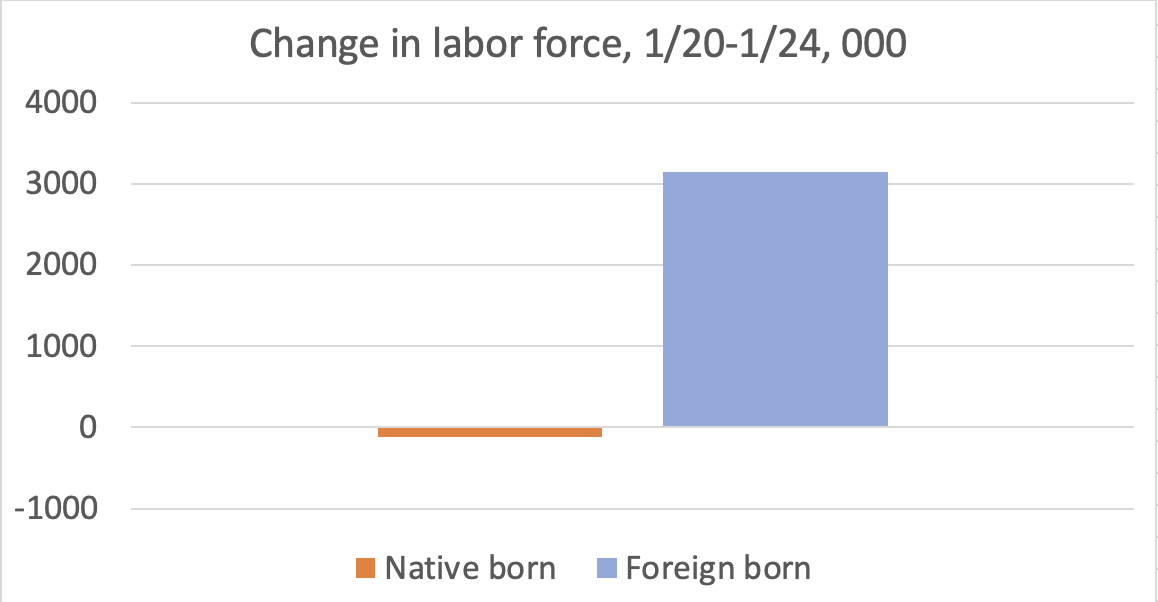Trump hasn't even been defeated yet, but he's lashing out like a vindictive man with nothing to lose. This will only get worse as the election approaches, and will be a nightmare during the lame duck 1/ nytimes.com/2020/10/08/opi…
One thing I didn't say in the op-ed is that a post-election Trump won't be like a normal ex-president, who can go on the speaking circuit, have somebody ghost-write his memoirs, and generally kick back a bit 2/
Instead, he — and his family — probably face personal financial ruin if they lose the shield of office and the flow of income to Trump properties. Given the rampant corruption of his administration, many of those around him probably face prosecution 3/
If Trump were a third-world dictator, we might try to ease him out by offering refuge in a villa on the French Riviera in return for leaving town peacefully. Unfortunately, that's not an option; so expect extreme and dangerous behavior 4/
• • •
Missing some Tweet in this thread? You can try to
force a refresh













